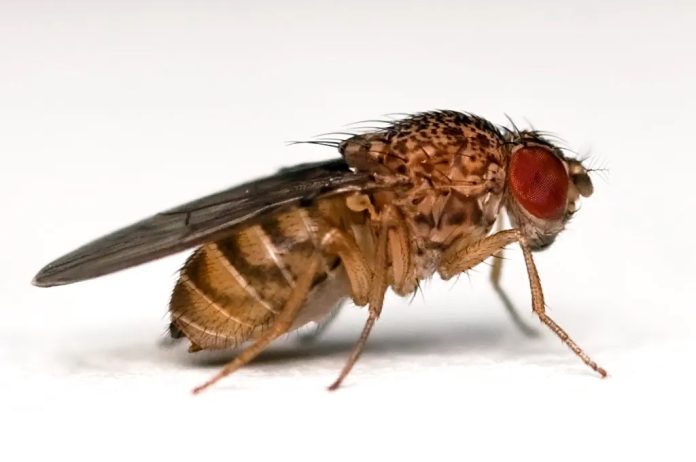Fruit flies carry the yeast that makes beer from a certain region of a country taste and smell distinctive. The connection between the tastes and aromas of wines from particular areas is also related to the yeast that ferments the wine and that yeast is transported by fruit flies. Researchers from the University of Leuven and Vlaams Instituut voor Biotechnologie in Belgium are the first to make the connection.
Kevin Verstrepen made the discovery after 15 years of research on yeast. He made the connection between aroma from yeast and the attraction of that aroma to fruit flies by accident. Fruit flies that escaped from another lab were attracted to one of the yeast samples in Verstrepen’s lab that produced an aroma but not to a sample of the same yeast that was genetically altered to not have any smell.
The researchers found that an alteration in the ATF1 (Cyclic AMP-Dependent Transcription Factor) gene changes the aroma producing capacity of yeast and changes the attractiveness of the yeast to fruit flies. The aroma sensitivity of fruit flies is not confined to the yeast that produces beer or wine. The researchers expect the discovery to have medical and agricultural applications.
You do not drink yeast that has been carried around by fruit flies. The yeast is collected on the legs of the flies. The yeast is then deposited on the fruit like grapes or hops that goes into making wine and beer. The fruit flies are attracted to the yeast stores that are maintained for beer and wine production.















